Pain in upper right abdomen, vomiting
The gallbladder is located in the upper right abdomen, just below the liver. When the gallbladder is distended or inflamed, the patient will often feel pain below the right rib cage, according to Verywell Health (USA).
If there are gallstones, this pain is called gallbladder pain (or biliary colic), often appears after eating a full meal, especially a fatty meal in the evening or at night, can last for several hours and is accompanied by nausea and vomiting.
Many people also experience recurring pain in episodes. However, if the pain persists for an unusually long time, it could be a sign of acute cholecystitis – a more serious condition that requires immediate medical attention.

When the gallbladder is stretched or inflamed, the patient will often feel pain below the right ribs.
Illustration: AI
Fever, jaundice, yellow eyes
About 1/3 of people with cholecystitis have fever with chills. If the fever is high, it can be a sign of more serious complications such as infection, which is especially dangerous and requires attention to promptly go to the hospital.
Additionally, when the bile ducts are blocked, the bilirubin levels in the blood increase. This causes the skin and whites of the eyes to turn yellow, a condition known as jaundice. In this case, the patient may also experience itching of the skin.
Changes in urine and stool color
When there is a problem with the gallbladder, the color of urine and stool also changes. Urine may be dark like tea due to increased bilirubin in the blood; while stool may be pale or gray due to lack of bile in the intestine. This happens when bile is not carried to the intestine but backs up, causing bilirubin to increase in the blood and be excreted in the urine.
Who is susceptible to gallbladder disease?
Gallstones are quite common, but not everyone is at equal risk. Risk factors include:
- Women or people who regularly use hormones.
- People with diabetes, obesity.
- Elderly people.
- Pregnant women.
- Rapid weight loss or sudden weight change.
Gallstones form when bile is out of balance, such as having too much cholesterol, bilirubin, or not enough bile salts. Many people have gallstones without experiencing any symptoms. However, if the stones block the flow of bile from the gallbladder to the small intestine, the person may experience pain, especially after eating fatty foods. Blockages caused by gallstones can cause cholecystitis, which can lead to infection or pancreatitis, all of which are dangerous complications.
In general, gallbladder diseases can be dangerous and even life-threatening. Therefore, see a doctor immediately if you have the above symptoms. These symptoms can also occur in other diseases such as appendicitis or liver disease, so early examination will help determine the correct cause and timely treatment, avoiding serious complications.
Source: https://thanhnien.vn/tui-mat-len-tieng-dau-hieu-som-khong-nen-bo-qua-185251008073433735.htm







![[Photo] Closing of the 13th Conference of the 13th Party Central Committee](https://vphoto.vietnam.vn/thumb/1200x675/vietnam/resource/IMAGE/2025/10/08/1759893763535_ndo_br_a3-bnd-2504-jpg.webp)

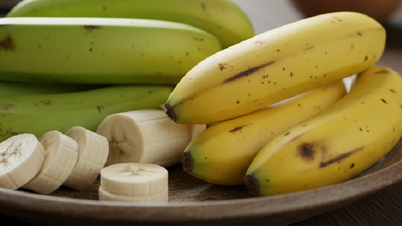

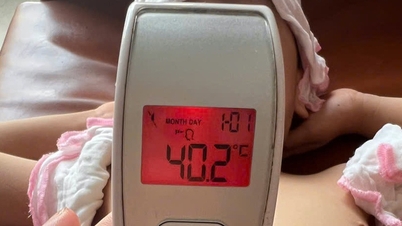
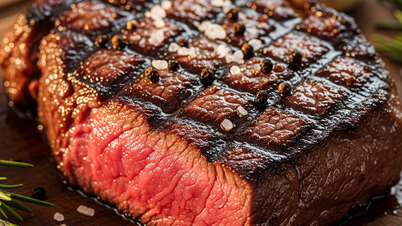
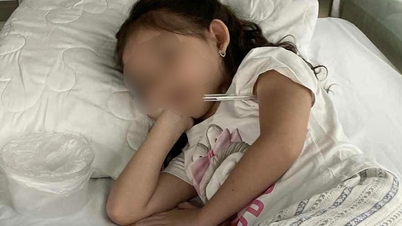




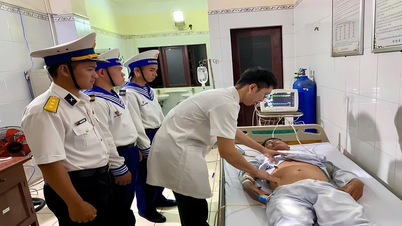
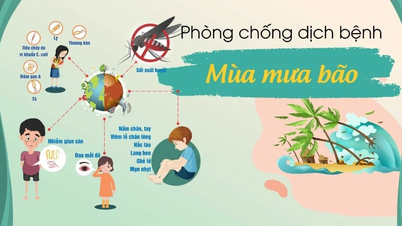
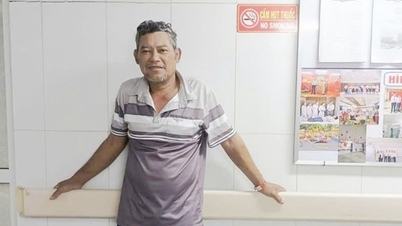











































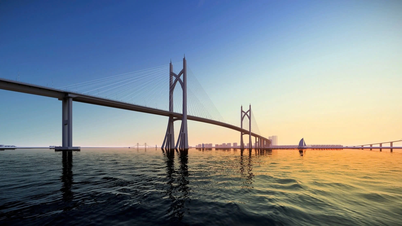
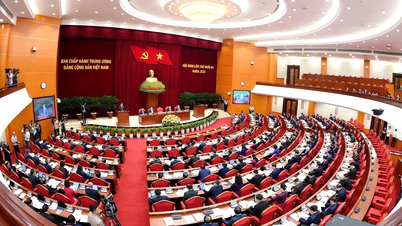








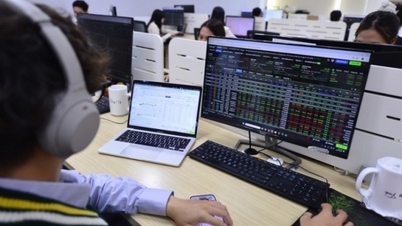





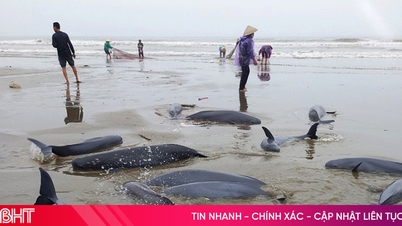
















Comment (0)